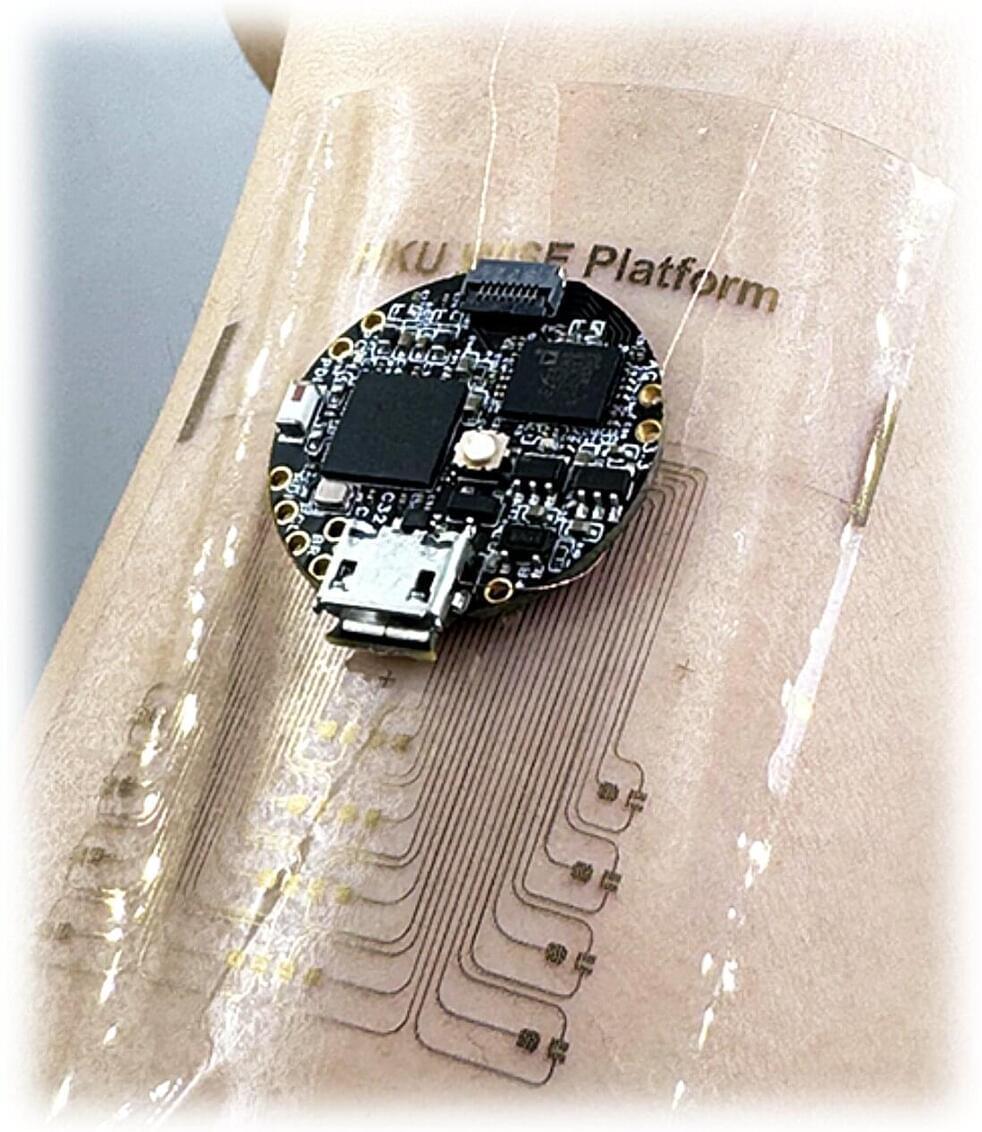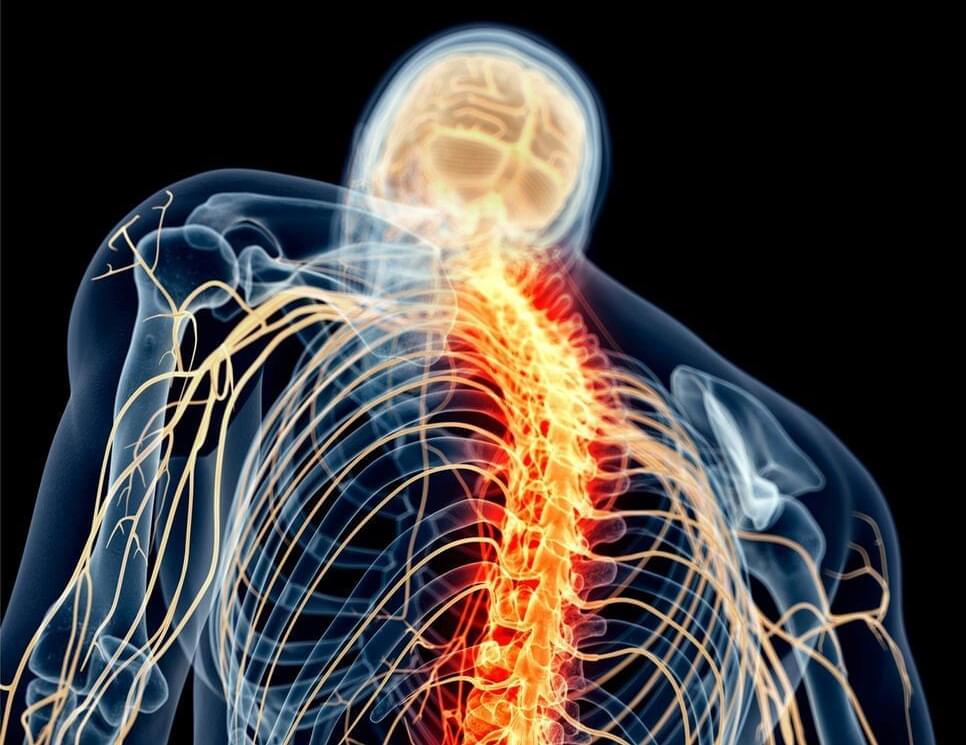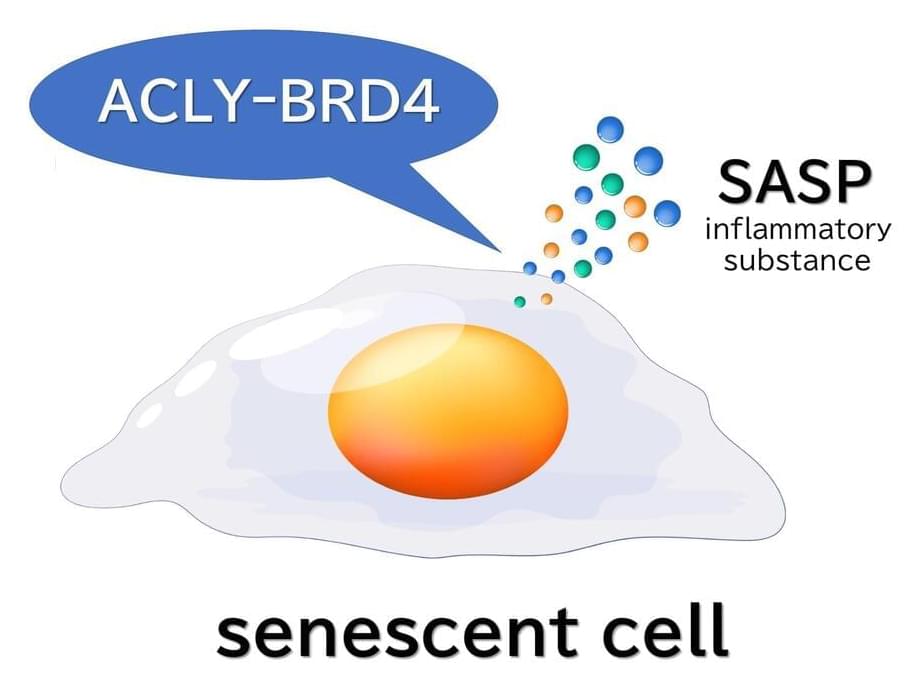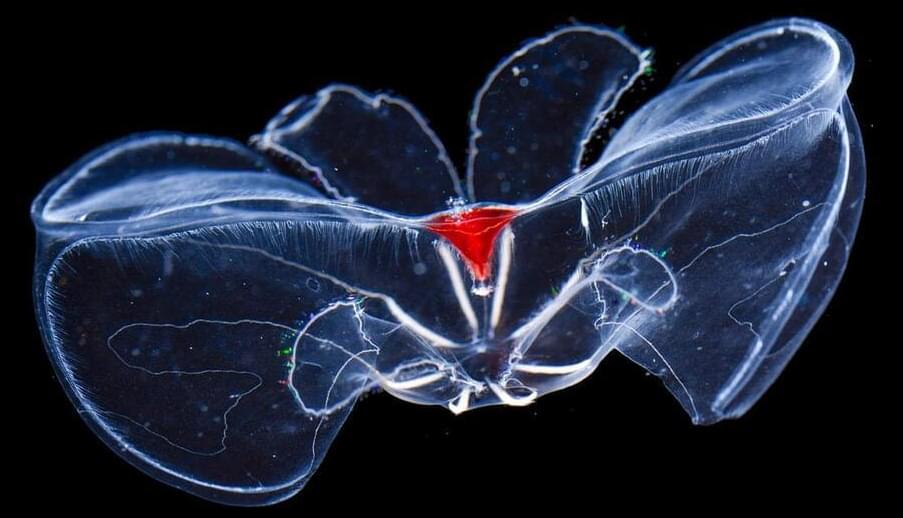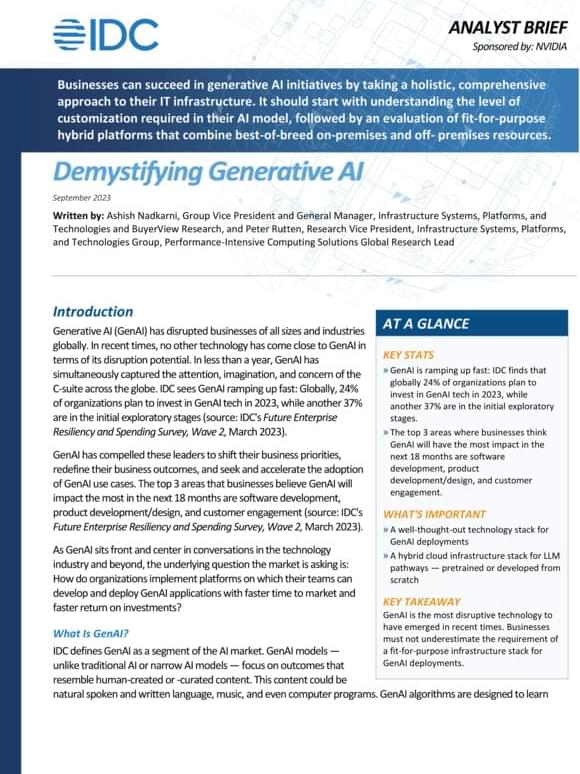When we listen to a song or musical performance, out-of-tune singers or instruments are generally perceived as unpleasant for listeners. While it is well-established that mistuning can reduce the enjoyment of music, the processes influencing how humans perceive mistuning have not yet been fully delineated.
Researchers at the University of Minnesota recently carried out a study aimed at better understanding factors influencing the extent to which individuals can perceive mistuning in natural music. Their findings, published in Communications Psychology, highlight acoustic elements that influence the perception of dissonance when hearing out-of-tune singing voices or instruments.
“An out-of-tune singer or instrument can ruin the enjoyment of music,” Sara M. K. Madsen and Andrew J. Oxenham wrote in their paper. “However, there is disagreement on how we perceive mistuning in natural music settings. To address this question, we presented listeners with in-tune and out-of-tune passages of two-part music and manipulated the two primary candidate acoustic cues: beats (fluctuations caused by interactions between nearby frequency components) and inharmonicity (non-integer harmonic frequency relationships) across seven experiments.”


